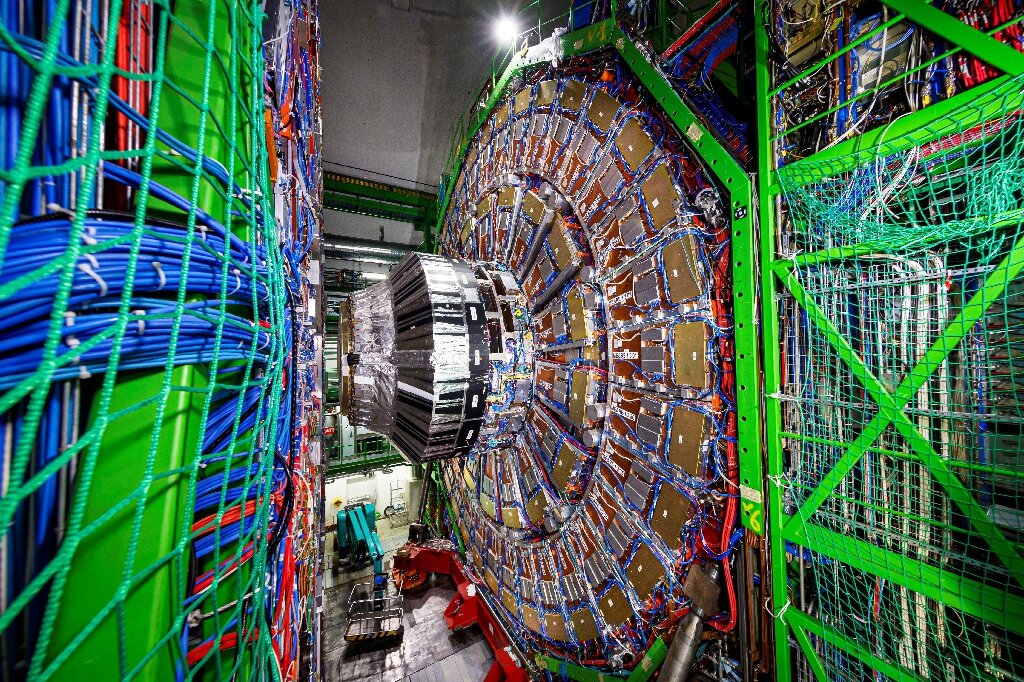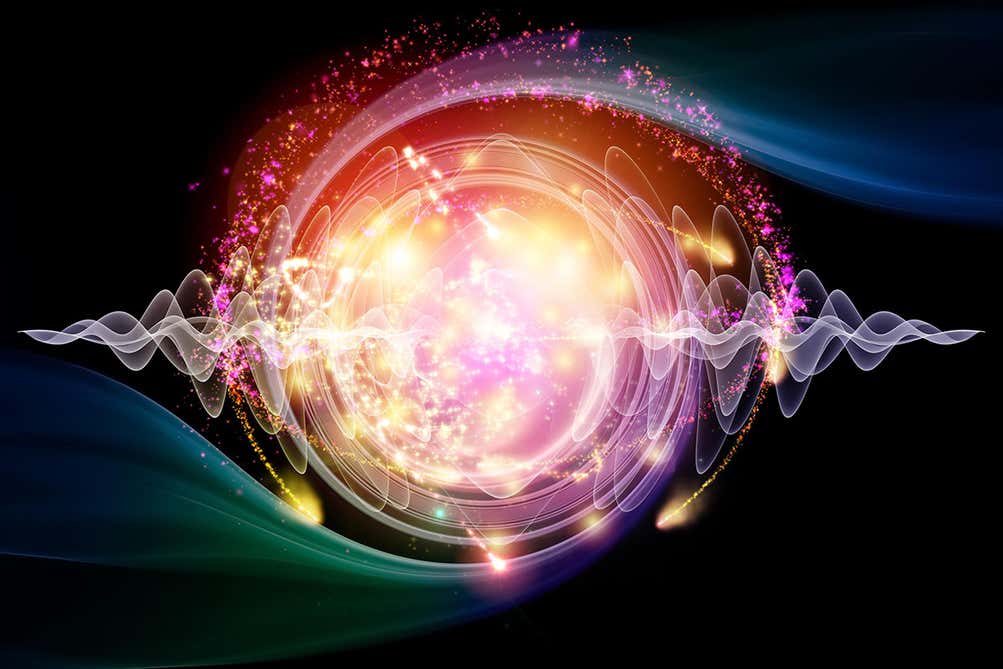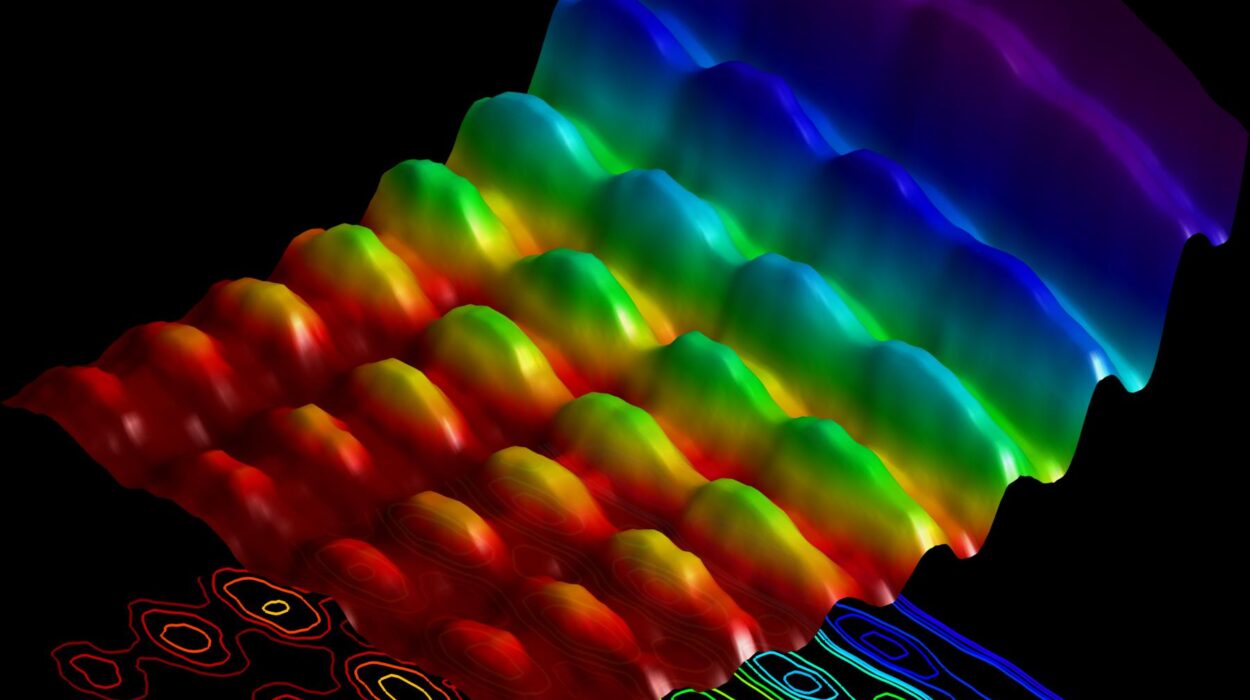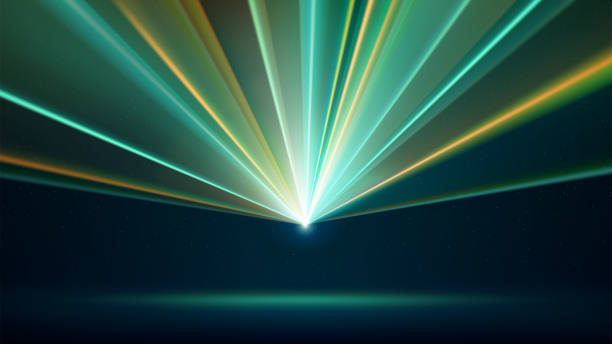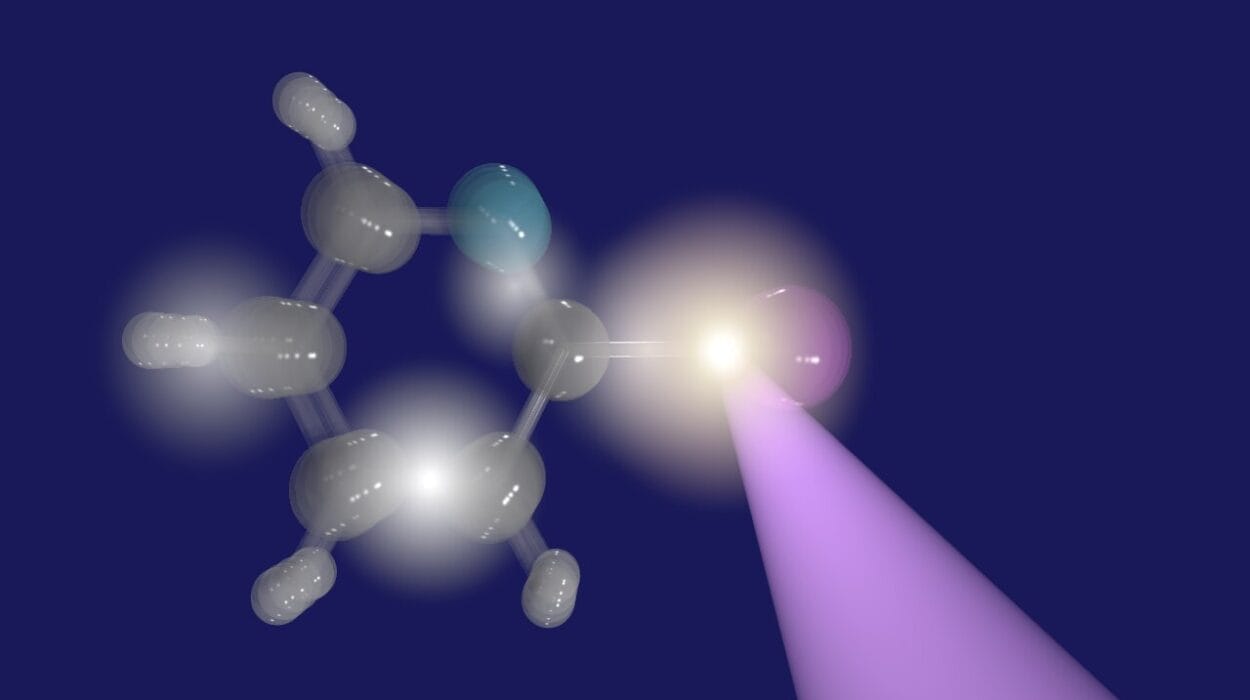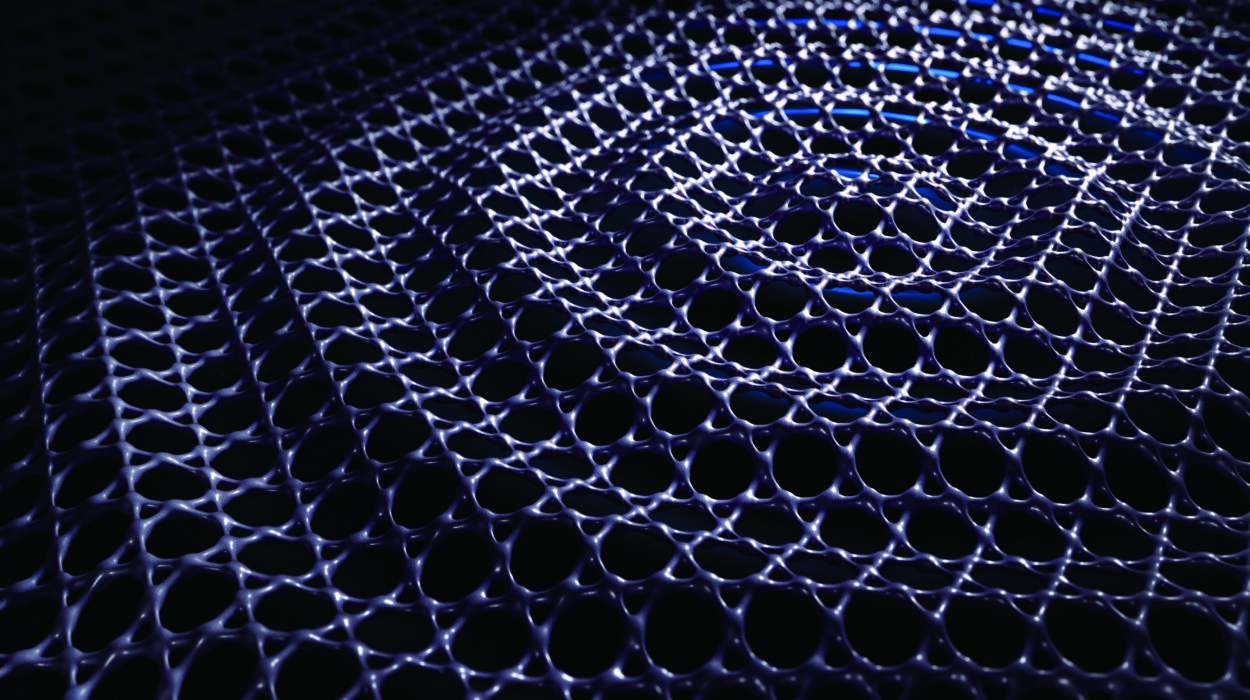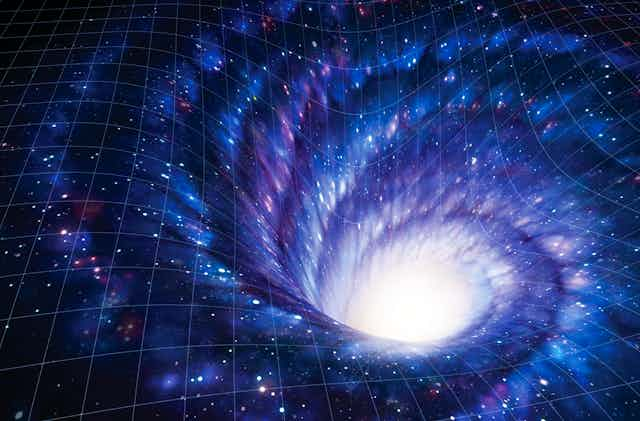Deep beneath the serene Franco-Swiss countryside, a colossal machine hums with purpose. The Large Hadron Collider (LHC), the world’s most powerful particle accelerator, is not just a triumph of engineering—it’s humanity’s most ambitious attempt to peer into the very fabric of reality. With 17 miles of underground tunnels, intricate detectors, and magnetic forces that bend nature itself, the LHC isn’t just smashing particles; it’s smashing the boundaries of human knowledge. It exists at the edge of science and philosophy, seeking answers to questions older than civilization itself: What is the universe made of? What happened in the first trillionths of a second after the Big Bang? Do the dimensions we live in tell the whole story?
What Is the LHC, and Why Was It Built?
The LHC was conceived as the next great leap forward in particle physics. Built by the European Organization for Nuclear Research, or CERN, it was designed to be a window into the fundamental laws that govern matter, energy, space, and time. Scientists didn’t build it simply to confirm existing theories—they built it to uncover what lies beyond them.
Physicists believe that at extremely high energies—like those just after the Big Bang—matter behaved in radically different ways. At such scales, the forces we experience daily—gravity, electromagnetism, the strong and weak nuclear forces—may have been unified. To recreate those conditions, one must accelerate subatomic particles to nearly the speed of light and smash them together, probing the wreckage for exotic matter and rare phenomena.
Constructed over a decade and inaugurated in 2008, the LHC lies about 100 meters underground in a tunnel that straddles the border between Switzerland and France. The ring structure was reused from CERN’s previous accelerator, but what lies within it is entirely modern—a marvel of superconducting magnets, cryogenic systems colder than deep space, and detectors that can measure events lasting less than a billionth of a second.
The Science of Acceleration: How Particles Reach Near-Light Speed
Before anything can be smashed, particles must be accelerated to extraordinary speeds. The journey begins at CERN’s linear accelerators and a series of booster rings that pre-accelerate protons, a type of hadron, to a modest fraction of the speed of light. These are then injected into the LHC’s two main beamlines, where the real magic begins.
Inside the LHC, two beams of protons are sent traveling in opposite directions along separate paths. These beams are steered using powerful superconducting magnets—over 1,200 of them—each cooled with liquid helium to temperatures close to absolute zero. At -271.3°C, the LHC becomes the coldest place on Earth, allowing the magnets to carry currents of up to 11,000 amperes without resistance.
As the beams circle the ring—each loop taking about 89 microseconds—they’re continually accelerated using radiofrequency cavities. These structures impart energy to the protons in carefully timed pulses, eventually pushing them to energies of 6.5 tera-electronvolts (TeV) each. That’s over 6,900 times their rest mass energy, or enough kinetic energy in a single proton to match that of a speeding mosquito. It sounds modest, but remember—these are subatomic particles. Their collision energies in the LHC rival the conditions just moments after the Big Bang.
Smashing and Watching: The Art of High-Energy Collisions
Acceleration is only half the story. The real excitement begins when the two beams, circulating in opposite directions, are steered to intersect at specific points in the ring. When they do, billions of protons pass through each other, and although only a tiny fraction actually collide, these rare events are goldmines of information.
In these high-energy collisions, the energy involved can momentarily condense into matter. According to Einstein’s famous equation E=mc², energy and mass are interchangeable. This allows the LHC to produce heavy particles that don’t normally exist in the universe anymore, particles that could reveal new physics beyond the Standard Model.
To catch these fleeting phenomena, enormous detectors surround the collision points. These detectors—such as ATLAS, CMS, ALICE, and LHCb—are engineering feats in their own right. Each is a cathedral-sized instrument made up of millions of sensors, layered like an onion, each with its own role in capturing the aftermath of a collision.
The Detectors: Eyes into the Subatomic Realm
Imagine a particle collision like a microscopic firework. In a fraction of a second, energy transforms into a spray of particles—some common, others exotic. These particles fly off in all directions, leaving behind trails, energy deposits, and decay signatures. The detectors must track all of this in real time, identify what was produced, and help physicists reconstruct what happened.
ATLAS and CMS are general-purpose detectors, designed to search for everything from the Higgs boson to signs of dark matter. They contain layers of silicon trackers to detect particle paths, electromagnetic calorimeters to measure energy from electrons and photons, hadronic calorimeters for jets of hadrons, and muon chambers for the rare, heavy cousins of the electron.
ALICE, on the other hand, specializes in heavy ion collisions—where whole nuclei, not just protons, are smashed together. These collisions produce a state of matter called the quark-gluon plasma, a super-hot, dense fluid believed to have filled the universe microseconds after the Big Bang.
LHCb focuses on the differences between matter and antimatter, exploring why the universe ended up with more of one than the other—a mystery that has puzzled physicists for decades.
Each collision produces data equivalent to that of thousands of high-resolution photos. With millions of collisions per second, the data load is staggering. CERN’s data processing systems use powerful algorithms and machine learning to decide which events are worth saving for deeper analysis.
The Discovery of the Higgs Boson
On July 4, 2012, the world watched as physicists from CERN announced a momentous discovery: they had found a new particle consistent with the Higgs boson, the last missing piece of the Standard Model. It was the culmination of decades of theoretical and experimental work, a true triumph for science.
The Higgs boson is no ordinary particle. It is the quantum excitation of the Higgs field, a field that permeates all of space. As particles move through this field, they acquire mass. Without it, the universe as we know it—stars, planets, atoms—wouldn’t exist.
Detecting the Higgs was immensely difficult. It decays almost instantly into other particles, and it does so in many different ways. Only by analyzing countless collisions and looking for statistical excesses could physicists confirm its existence. Its discovery not only confirmed the theory but also opened new doors: if the Higgs exists, what else might be hiding in the fabric of reality?
Beyond the Standard Model: Supersymmetry, Dark Matter, and Extra Dimensions
The Standard Model is a magnificent theory, but it is incomplete. It doesn’t explain gravity, dark matter, dark energy, or the imbalance of matter and antimatter. Physicists hope that by pushing the LHC to higher energies and collecting more data, they might find signs of new physics.
Supersymmetry (SUSY) is one such theory. It proposes that every known particle has a heavier “superpartner.” These superpartners could solve many mysteries, including the identity of dark matter. Yet despite extensive searches, no supersymmetric particles have been confirmed—yet.
Another tantalizing possibility is the existence of extra spatial dimensions. Some theories suggest that gravity is so weak because it spreads out into other dimensions. If the LHC could produce tiny black holes or other exotic phenomena, it would be a profound hint that our three-dimensional experience is only part of a much larger reality.
The LHC’s Technological and Global Impact
Beyond science, the LHC has spurred advances in technology, medicine, and global collaboration. The need to process and distribute massive amounts of data led to the development of the Worldwide LHC Computing Grid, a precursor to modern cloud computing. Techniques developed for particle detection have applications in medical imaging, cancer treatment, and even art restoration.
Perhaps even more significantly, the LHC stands as a symbol of international cooperation. Thousands of scientists from over 100 countries work together across disciplines, cultures, and borders. At a time when global unity is fragile, CERN demonstrates what humanity can achieve when driven by curiosity and shared purpose.
Looking Ahead: Upgrades and the Future of Particle Physics
The LHC is not the end—it’s the beginning. Already, plans are underway for the High-Luminosity LHC, which will increase the collision rate and allow for even more precise measurements. Further ahead lies the dream of the Future Circular Collider (FCC), a gargantuan 100-kilometer ring that could reach energies of 100 TeV or more.
These upgrades will help physicists probe deeper into the unknown. They may reveal the nature of dark matter, uncover new symmetries in the universe, or even rewrite the fundamental laws of physics. But even if no new particles are found, the LHC still teaches us by narrowing the field of possibilities, guiding theoretical models, and sharpening our understanding of nature’s elegance.
Conclusion: Smashing Particles, Building Knowledge
The Large Hadron Collider is more than a machine; it is a philosophical endeavor made tangible. By accelerating particles to near light speed and orchestrating their collisions, scientists are not just probing the building blocks of matter—they are engaging in a grand dialogue with the universe. Every collision, every dataset, every faint trace of a vanishing particle is a message from the cosmos.
We live in a golden age of discovery, where machines like the LHC allow us to test ideas once thought purely speculative. From the heart of the atom to the edge of the universe, the story of existence is being rewritten in real time—and it’s only just begun.
The LHC’s ultimate achievement may not be in discovering one particular particle, but in revealing that the universe is far more mysterious, complex, and beautiful than we ever imagined. As long as we keep smashing particles, we will keep unlocking secrets—and asking deeper questions. And that, perhaps, is the truest expression of science.
